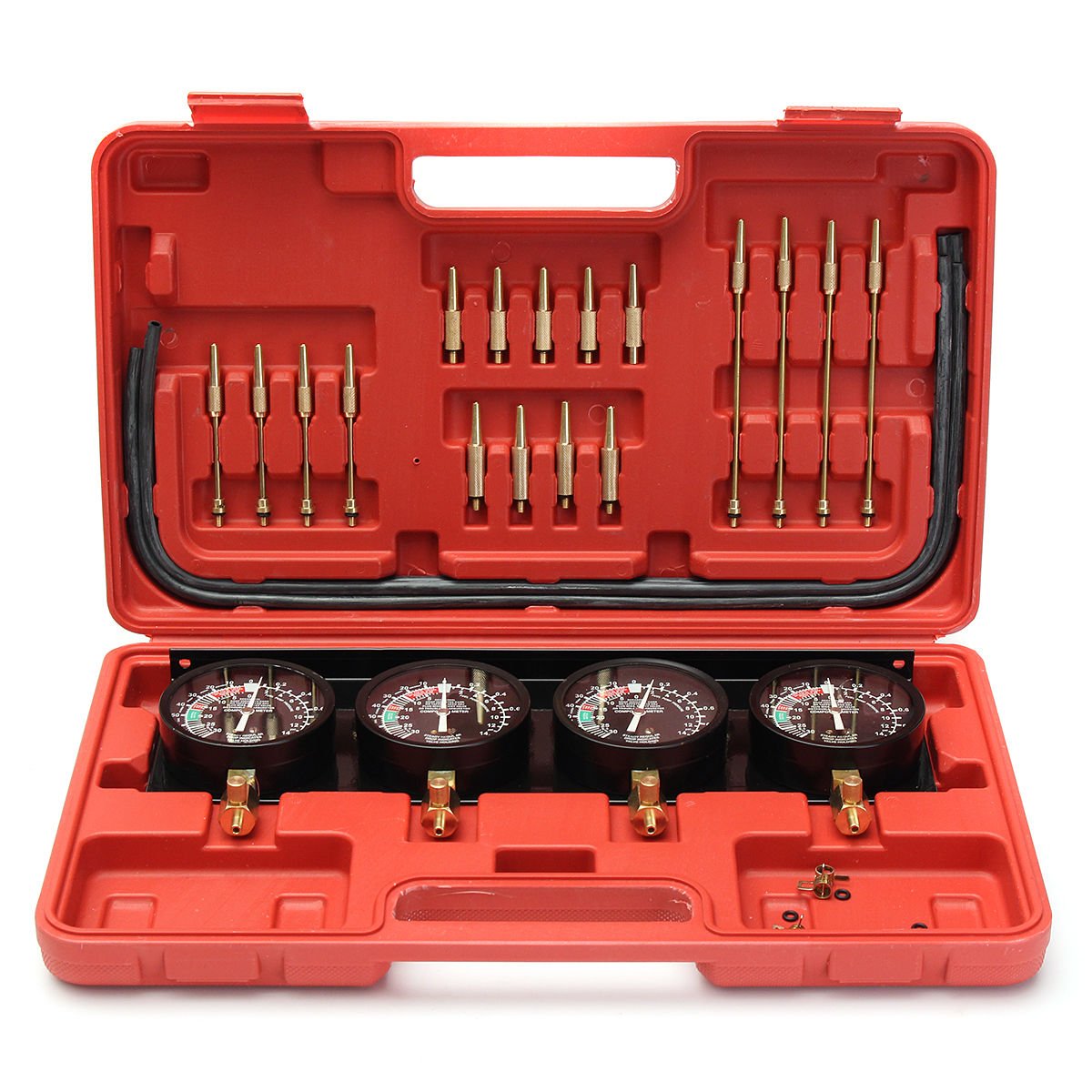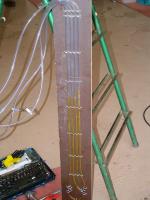RossKean
Well-known member
Has anyone tried one of these?
https://thedigisync.com/product/the-digisync/
Or these
https://www.amazon.com/Channel-Digital-Vacuum-Gauge-Motorcycle/dp/B01GIC2WHM
Or other digital synch tool for throttle bodies (or carbs)?
Just curious...
https://thedigisync.com/product/the-digisync/
Or these
https://www.amazon.com/Channel-Digital-Vacuum-Gauge-Motorcycle/dp/B01GIC2WHM
Or other digital synch tool for throttle bodies (or carbs)?
Just curious...

































































